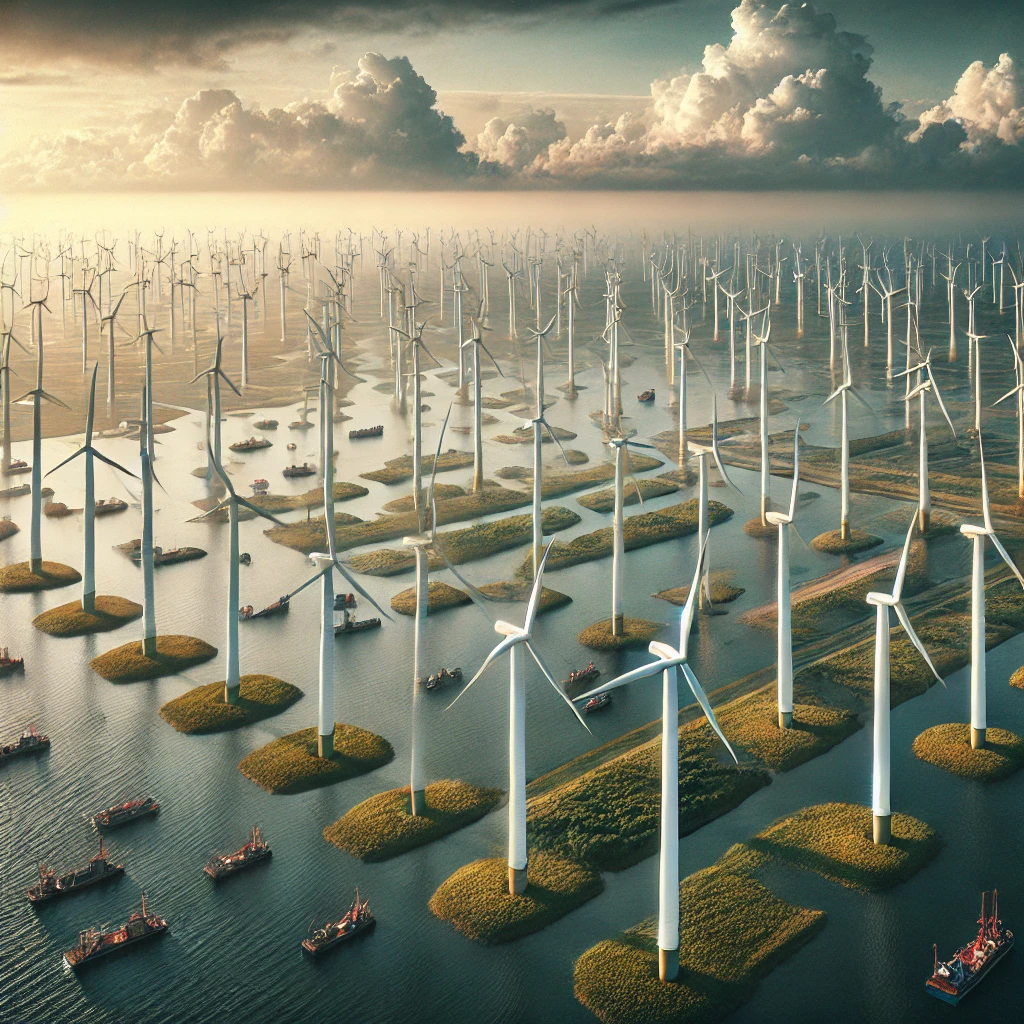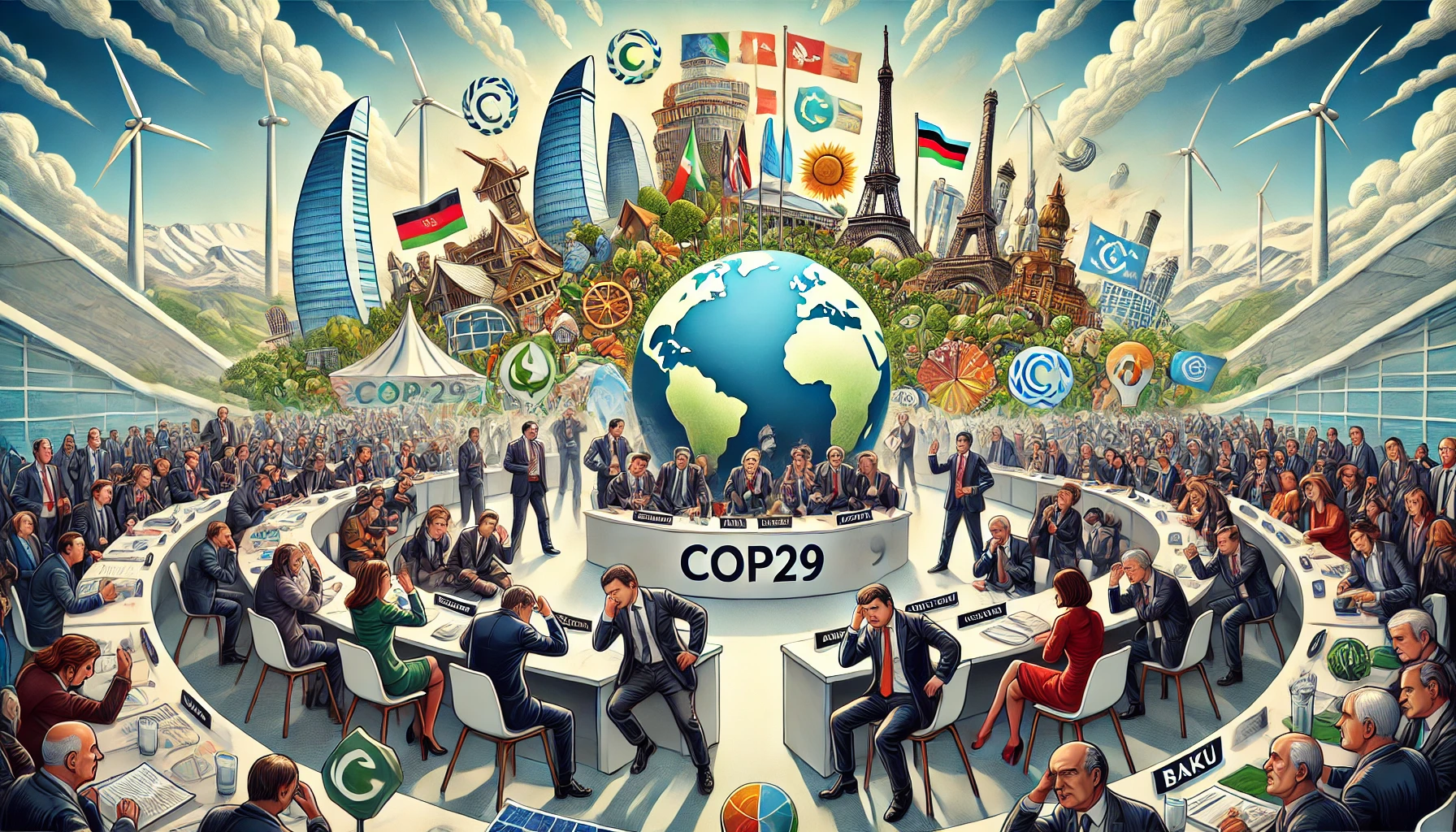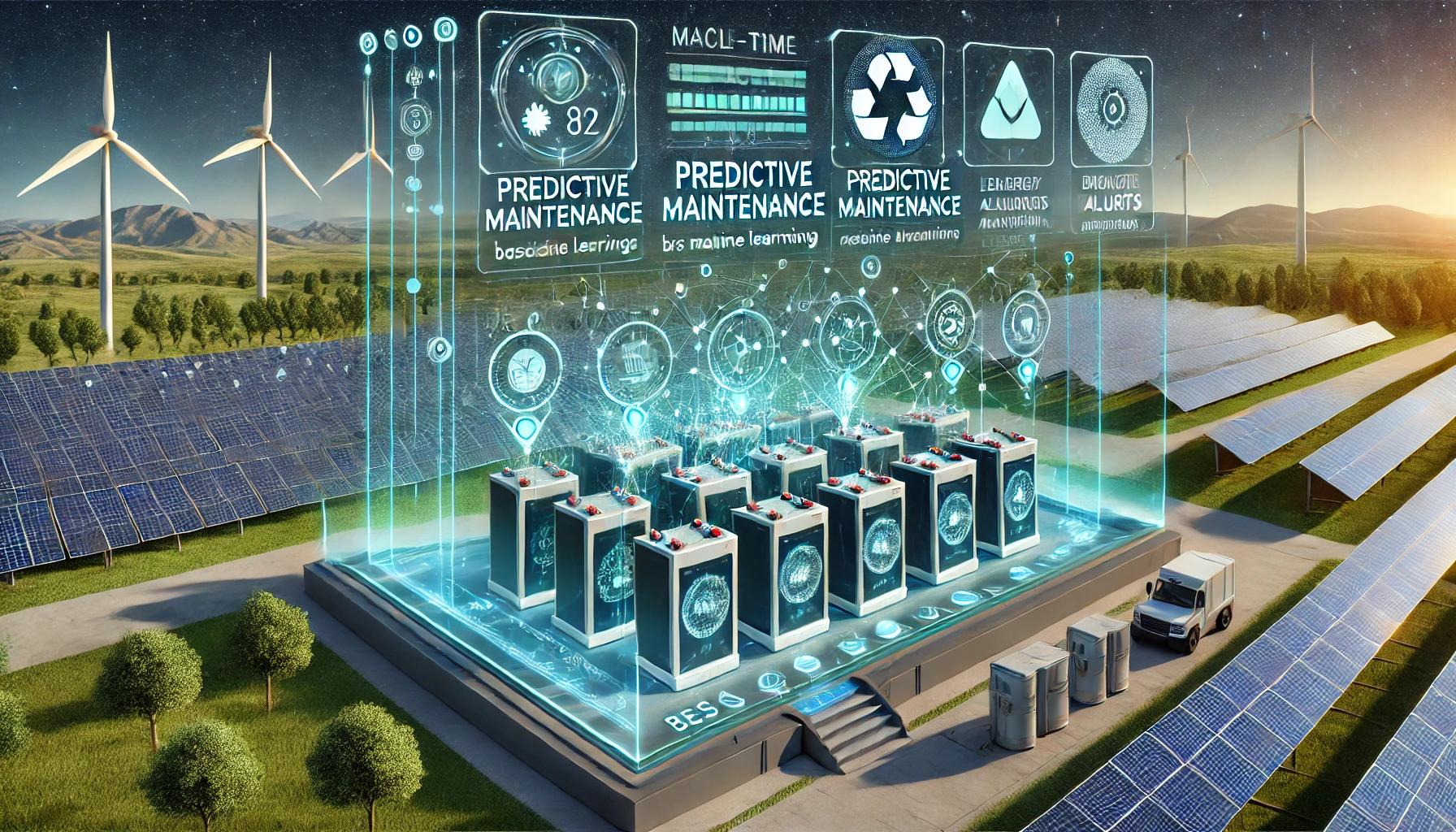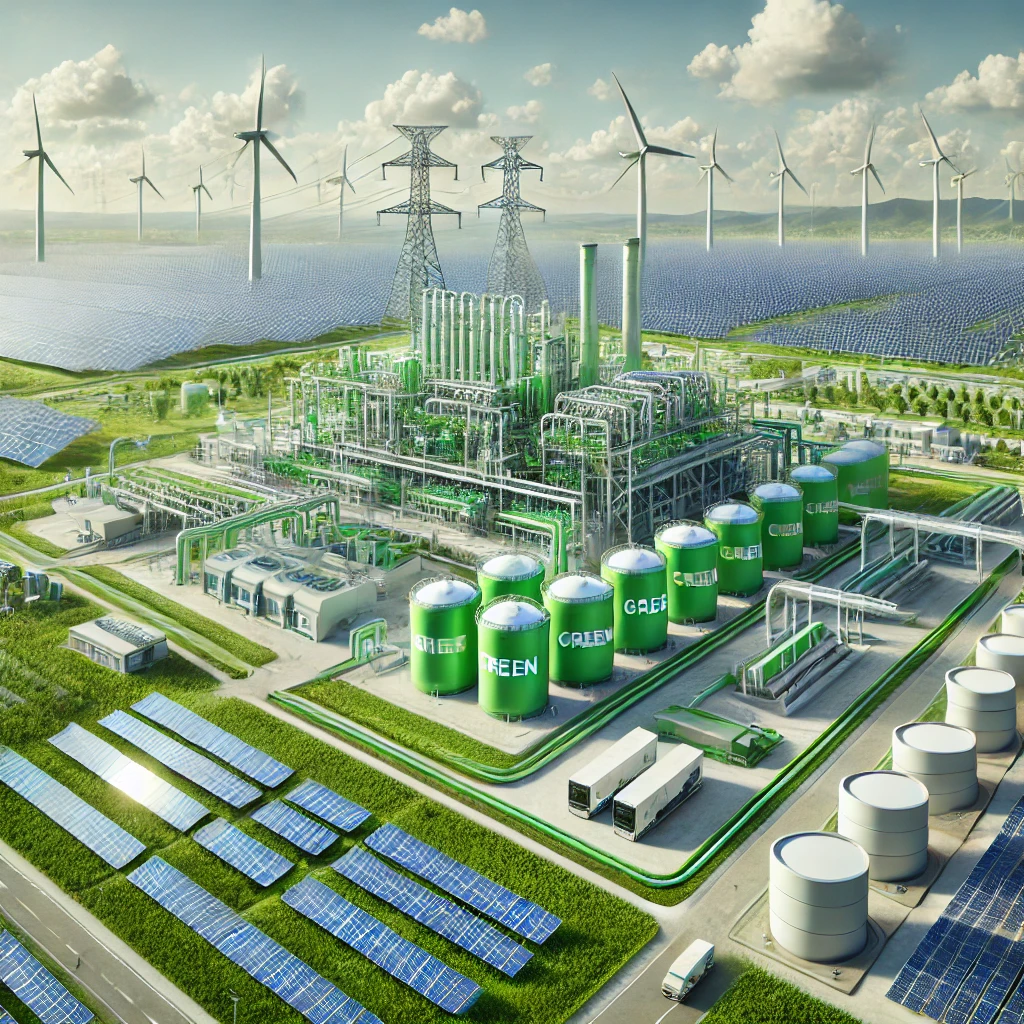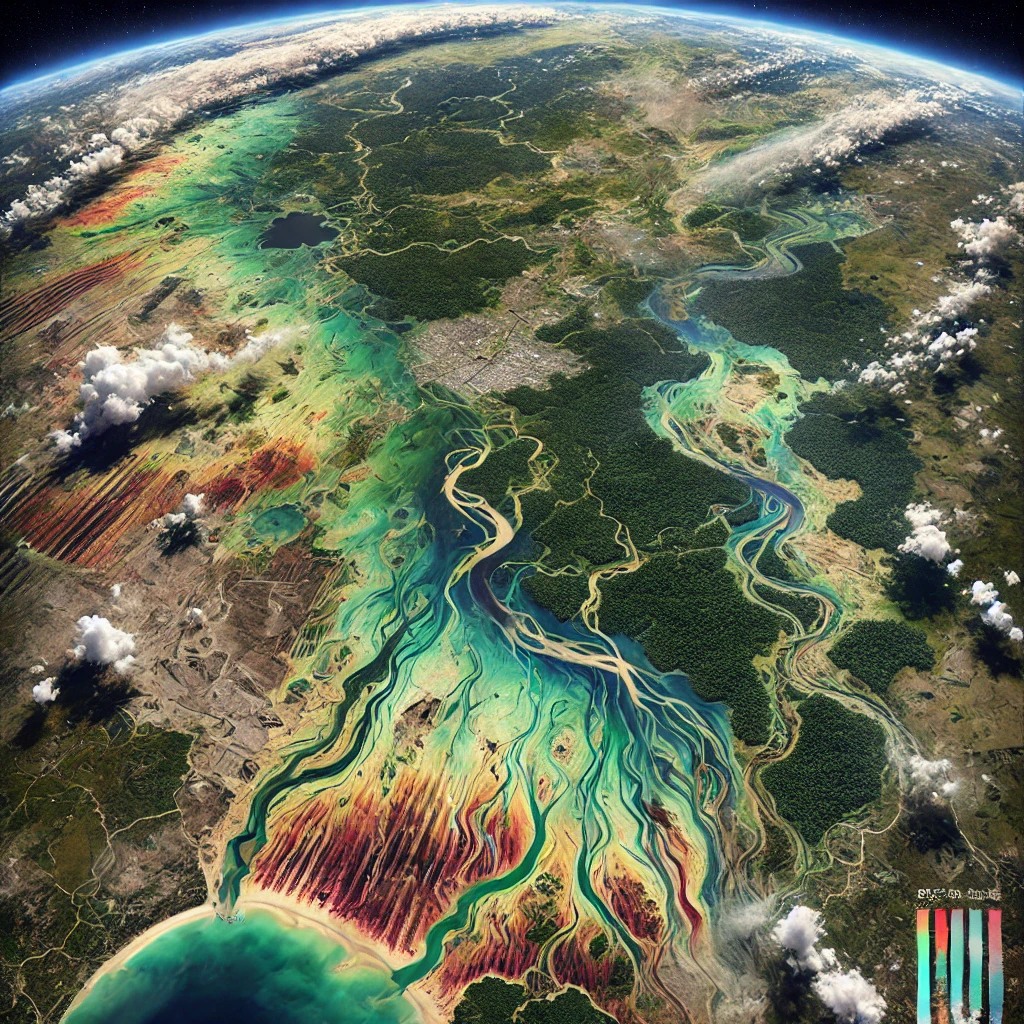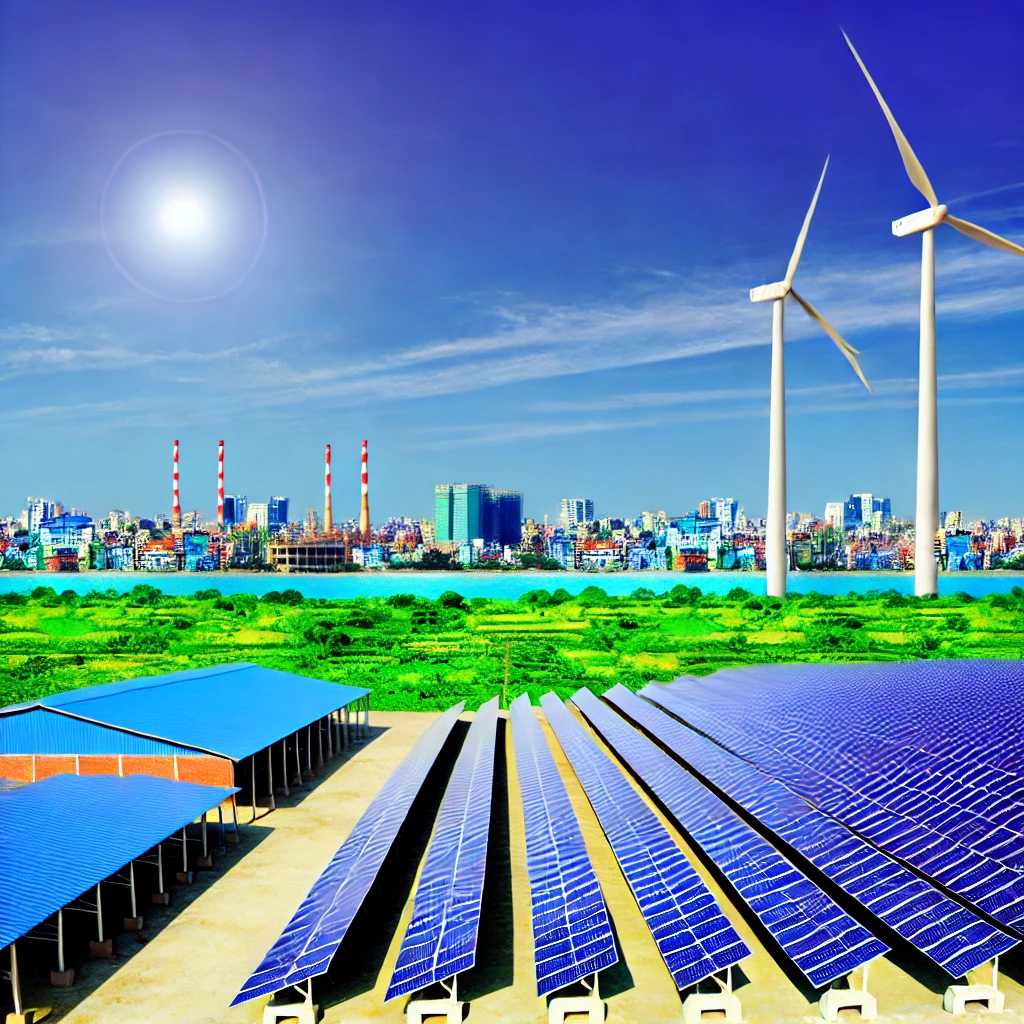Wind energy, one of nature’s most powerful forces, has been leveraged by humans for centuries, achieving remarkable feats such as carving landscapes, propelling boats across oceans, powering mills to grind grain, and today, generating electricity. Since the invention of the windmill in eighth-century Persia, the technology to harness wind energy has continuously evolved, culminating in the towering white wind turbines that now dot the land and sea. These turbines are at the heart of the growing wind energy industry, which, along with other renewable energy sources like solar, geothermal, hydro, and biomass, is critical to the ongoing global shift toward cleaner energy. This shift is driven by the urgent need to reduce carbon emissions and mitigate climate change, propelling humanity toward a future where renewable energy plays a dominant role in the global energy landscape. Let’s take a closer look at the history, mechanisms, and future potential of wind energy, which is crucial in the pursuit of a net-zero emissions pathway.
A Brief History of Wind Energy
The concept of using wind to generate power is far from new. Windmills, first invented in Persia, were primarily used for grinding grain and pumping water. This technology quickly spread to Europe, where it became especially prominent during the Middle Ages. The windmill’s basic function—to convert the kinetic energy of wind into mechanical energy—laid the foundation for modern wind turbines. These medieval windmills, with their vertical axis and rudimentary design, were the ancestors of today’s turbines, which have evolved dramatically in both size and efficiency. The 20th century saw the first significant innovations in wind turbine technology, leading to the development of the modern horizontal-axis wind turbines that are now a common feature of both rural and coastal landscapes worldwide.
How Wind Turbines Work?
The principle behind wind turbines is straightforward: wind turns the blades of the turbine, which are connected to a rotor. As the blades rotate, the rotor spins a generator, which converts the mechanical energy into electrical energy. The electricity generated is transferred through a medium-voltage power collection system to a substation. Here, a transformer increases the current’s voltage, linking it to the high-voltage transmission system that distributes electricity to homes and businesses.
Wind farms, which are collections of multiple wind turbines, can be located either onshore or offshore. Offshore wind farms, located in the sea, typically generate more electricity than their onshore counterparts because wind speeds are higher and more consistent over water. The world’s largest wind farm, located in China’s Gansu province, comprises approximately 7,000 turbines. Offshore wind farms, while more expensive to build and maintain due to the challenging marine environment, are becoming increasingly popular due to the vast potential for energy generation.
Wind Energy in the Global Energy Market?
Global energy demand has been steadily rising for decades, a trend that shows no sign of abating. Between 1950 and 2000, energy consumption grew at an average annual rate of 3 percent. However, the world now faces the challenge of meeting this growing demand while addressing the pressing need to reduce carbon emissions. Electricity demand, in particular, is expected to increase at a much faster rate than other forms of energy, underscoring the importance of finding sustainable solutions.
Wind energy has emerged as a key player in this transition. In the last decade, offshore wind has experienced significant growth, with the global capacity of commissioned offshore wind increasing from 3 gigawatts (GW) in 2010 to approximately 66 GW by 2023. This growth is due in part to falling costs—offshore wind generation costs have dropped by about 60 percent since 2010, thanks to technological advancements, increased competition, and favorable financing conditions. This capacity is enough to power entire nations, and by 2050, wind power installations (both onshore and offshore) are expected to continue growing at a rate of more than 20 percent per year.
Despite this growth, current wind generation capacity falls short of the levels needed to meet the decarbonization targets set in the 2015 Paris Agreement. To address this, governments in both the European Union (EU) and the United States have been ramping up efforts to integrate renewable energy into their long-term energy strategies. For example, the EU’s Green Deal aims to make Europe climate-neutral by 2050, with a goal of reducing greenhouse gas emissions by at least 55 percent by 2030. In the U.S., President Joe Biden’s administration has set a target of 30 GW of offshore wind capacity by 2030. These ambitious goals reflect the growing importance of wind energy in achieving a sustainable future.
Technological Innovations in Wind Energy
Technological advancements have played a crucial role in the expansion of wind energy, particularly in the offshore sector. Historically, offshore wind turbines were installed on fixed-bottom foundations, limiting their use to waters up to 50 meters deep. This restriction has now been overcome with the development of floating wind turbines, which can be installed in waters as deep as 1,000 meters. This breakthrough has expanded the potential areas where offshore wind farms can be located, particularly in regions where seabed conditions are not suitable for fixed foundations.
The size and power capacity of wind turbines have also seen rapid growth. In the early 2000s, most turbines had a capacity of 3 to 4 megawatts (MW). By 2024, turbines with capacities of 13 to 15 MW are expected to become the industry standard, with even larger turbines, exceeding 15 MW, likely to be deployed in the near future. These larger turbines can capture more energy from the wind, increasing efficiency and reducing the cost per megawatt-hour of electricity generated.
The Economics of Wind Energy
One of the main challenges to the widespread adoption of wind energy in the past was its high production cost. However, in recent years, wind energy, along with solar power, has become increasingly competitive with traditional fossil fuels. In markets such as the European Union and the United Kingdom, wind energy is now cheaper than coal or natural gas. This cost reduction has been driven by several factors, including technological innovations, economies of scale, and external factors like low interest rates and declining steel prices.
In many parts of the world, however, wind energy remains more expensive than other forms of energy, particularly offshore wind, which comes with higher installation and maintenance costs. Offshore wind farms are more complex to build and operate due to the harsh marine environment, requiring specialized equipment and materials. Additionally, connecting offshore wind farms to the onshore electricity grid often requires expensive infrastructure.
Despite these challenges, wind energy is expected to continue becoming more affordable as technology advances and markets mature. The introduction of renewable energy auctions, where governments auction off the rights to develop wind projects, has also helped drive down costs by increasing competition among developers.
Limitations and Challenges of Wind Energy
Wind energy, while promising, faces several significant challenges. One of the most fundamental is the variability of wind. Unlike fossil fuels, which can be burned to generate power on demand, wind is an intermittent resource. This means that wind farms cannot always produce electricity when it is needed. To address this challenge, the wind energy industry is investing in energy storage technologies, such as large-scale batteries, which can store excess energy generated during windy periods for use during calm conditions.
Another major challenge is the high upfront cost of building wind farms, particularly offshore wind farms. Offshore projects are more expensive to develop and maintain due to the harsh marine environment and the technical complexity of installation. However, despite these high initial costs, offshore wind projects can be highly profitable over time due to the larger amounts of electricity they generate compared to onshore wind farms.
In developing countries, wind energy faces additional obstacles. For instance, wind projects are typically more complex and take longer to build than solar projects, making them a less attractive option for countries looking to quickly expand their renewable energy capacity. Furthermore, the financial barriers to entry for wind projects are higher than for solar, particularly in offshore wind, where the total installed cost per kilowatt is significantly higher than for solar projects.
Future Prospects for Wind Energy
The future of wind energy looks bright, as governments and companies around the world continue to invest in this clean, renewable source of power. The global push to achieve net-zero emissions by 2050 will likely drive further growth in the wind energy sector, particularly offshore wind. As technology continues to improve, wind turbines will become more efficient, and the cost of generating electricity from wind will continue to fall.
However, the industry also faces significant challenges. Increased competition, both from other renewable energy sources and from traditional energy companies looking to diversify into renewables, is driving down profit margins. Additionally, the industry will need to navigate a range of external factors, such as fluctuating commodity prices and supply chain disruptions, which can impact project costs and timelines.
In conclusion, wind energy is poised to play a crucial role in the global transition to a sustainable energy future. While challenges remain, continued innovation and investment in the sector will help ensure that wind power becomes an increasingly important part of the world’s energy mix in the coming decades.
